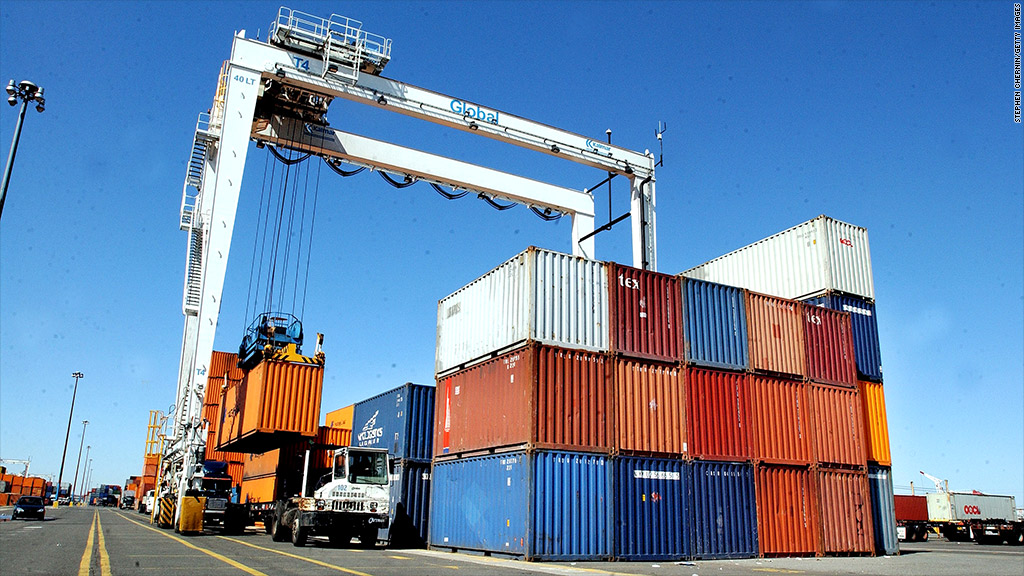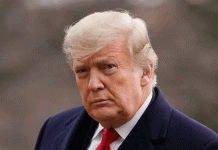China’si exports rebounded more strongly than expected in April after a surprise plunge in March, suggesting global demand remains relatively resilient and providing a cushion to the economy amid a heated trade dispute with the United States.
Imports in April also grew more robustly than anticipated, signaling China’s domestic demand is holding up well, good news for policymakers looking to soften the blow from any trade shocks.
China’s April exports rose 12.9 percent from a year earlier, beating analysts’ forecasts for a 6.3 percent increase and snapping back from a 2.7 percent drop in March that economists believe was heavily distorted by seasonal factors.
Some analysts, however, warned the strong April export showing was mostly seasonal and that a multi-year global trade recovery may have topped out, Reuters reports.
“Shipments still look healthy but today’s data does point to a softening in external demand recently,” Capital Economics senior China Economist Julian Evans-Pritchard wrote in a note, estimating that exports by volume may have actually slipped on a month-on-month basis.
“The backdrop of the ongoing trade negotiations between China and the U.S. is one in which global growth has already peaked and China’s export performance is waning as a result.”
Still, China has outperformed other major Asian trade-reliant economies such as Japan and South Korea recently, suggesting its exporters may be ramping up shipments of finished goods and purchases of raw materials and parts in case of supply chain disruptions following both sides’ tariff threats.
“We may see some retreat in exports in the following months,” said Betty Wang, senior China Economist at ANZ, referring to the risk of a slowdown after a burst of “front-loading” by shippers eager to beat any punitive measures.
Export growth was led by a 20.7 percent increase in shipments of high-tech products, led by mobile phones.
Imports also beat expectations, growing 21.5 percent on-year, beating forecasts of 16 percent growth, and accelerating from a 14.4 percent rise in March.
The strong readings suggest China’s domestic demand remains resilient despite rising corporate borrowing costs and cooling property sales, the two risk factors most commonly cited by economists who are expecting a slowdown.
Imports were drive by China’s continued appetite for resources and agricultural commodities but also by hi-tech products, especially electronic integrated circuits, which have surged 36 percent since the start of the year.
The tech buying binge comes as China’s strategic industrial policies come under increased global scrutiny due to complaints about forced technology transfer and intellectual property theft, with integrated circuits, or chips, an especially sensitive area.
China imported $94.7 billion of chips in the first four months of the year, accounting for nearly 15 percent of total imports and possibly pointing to solid growth in electronics exports for at least a few more months.
The world’s two largest economies have threatened each other with tariffs on tens of billions of dollars’ worth of exports in recent months, leading to worries that Washington and Beijing may plunge into a full-scale trade war that could damage global growth and destabilize financial markets.














